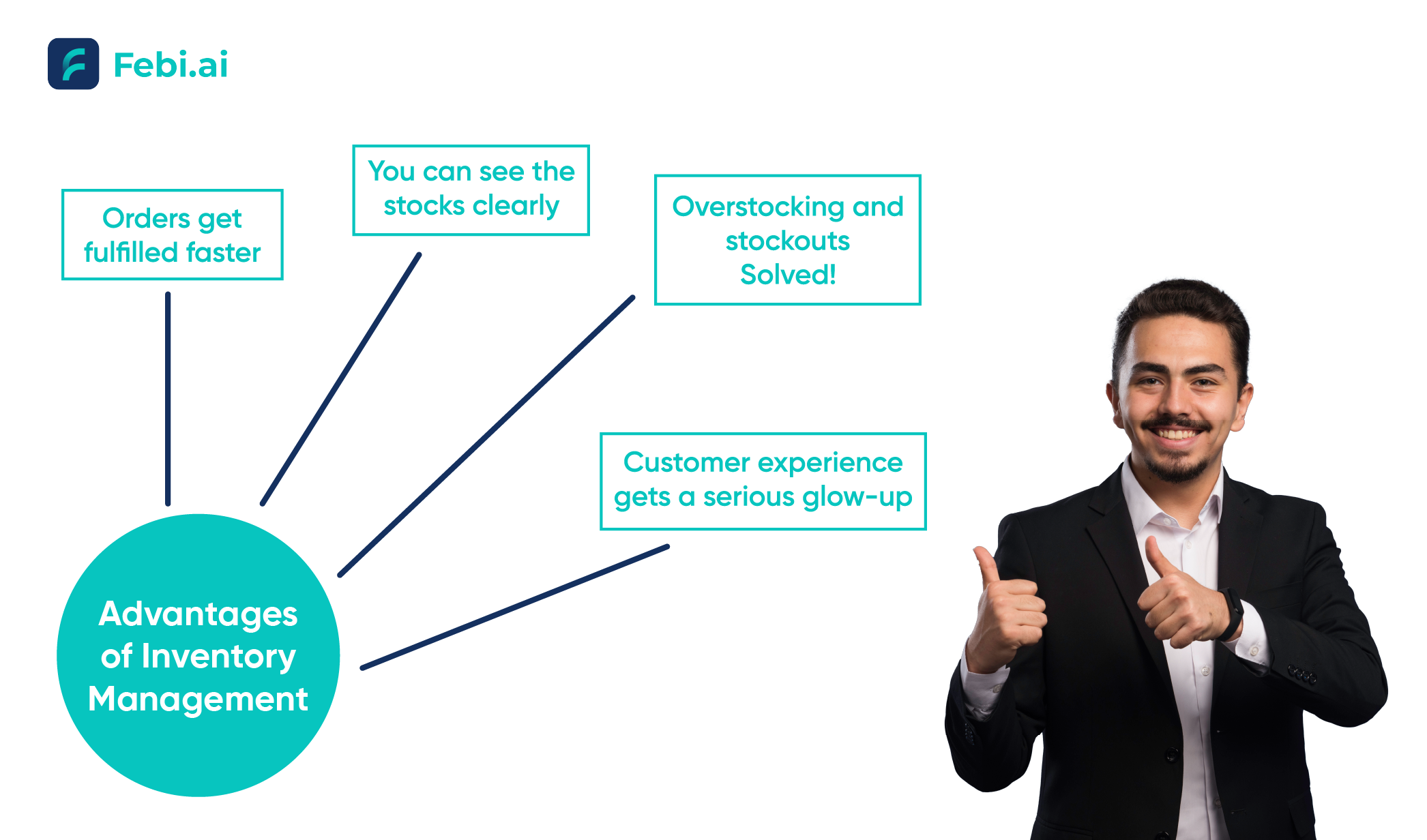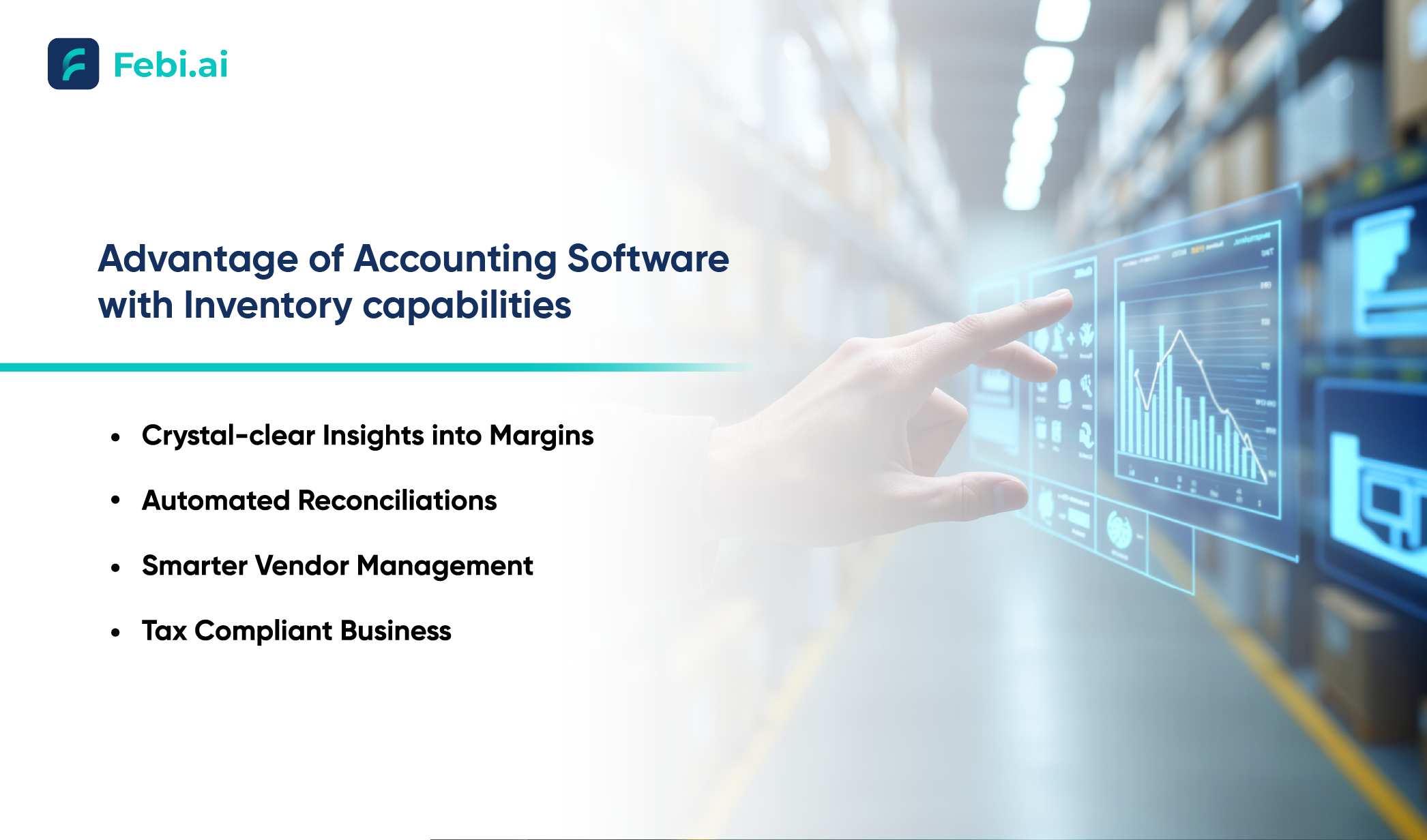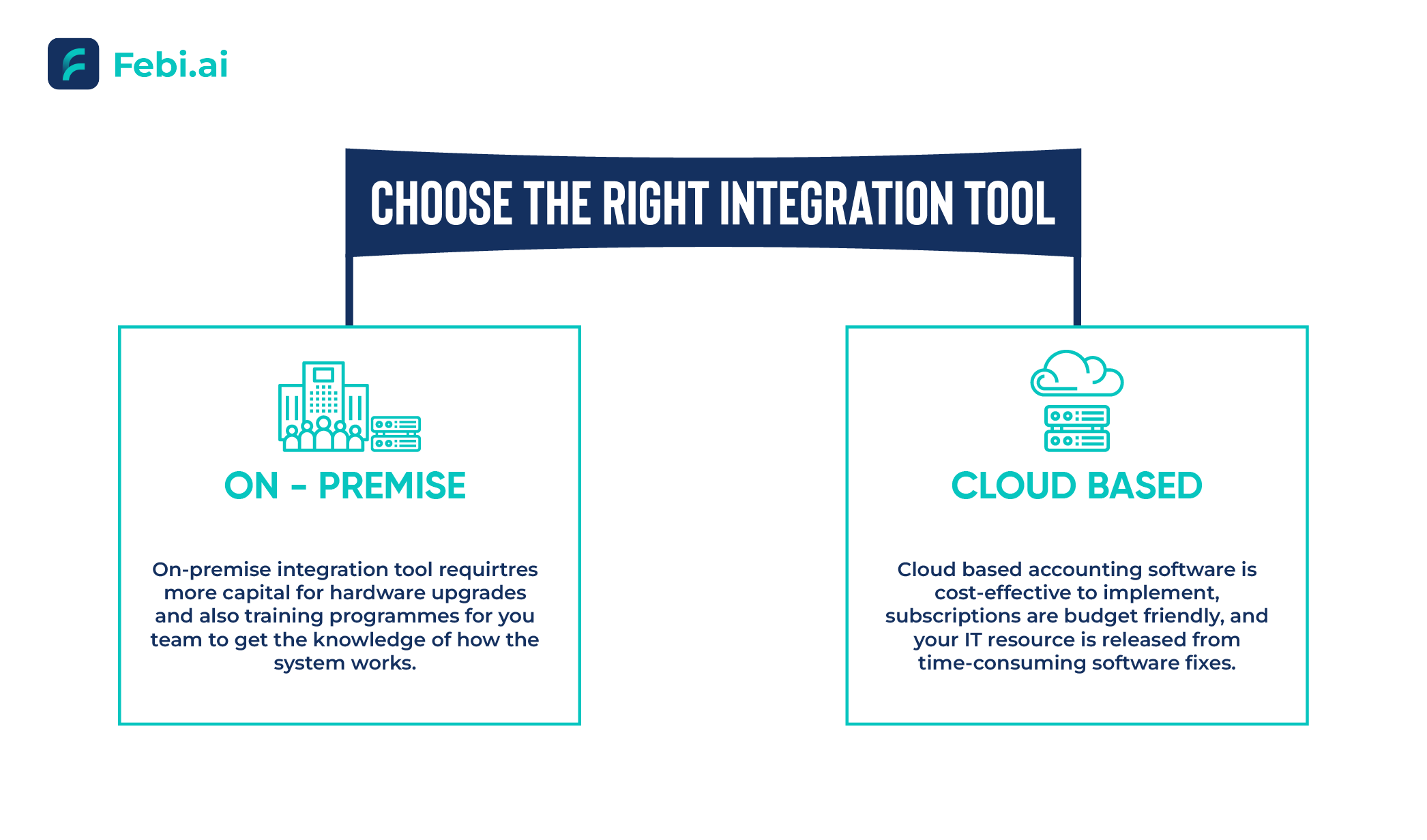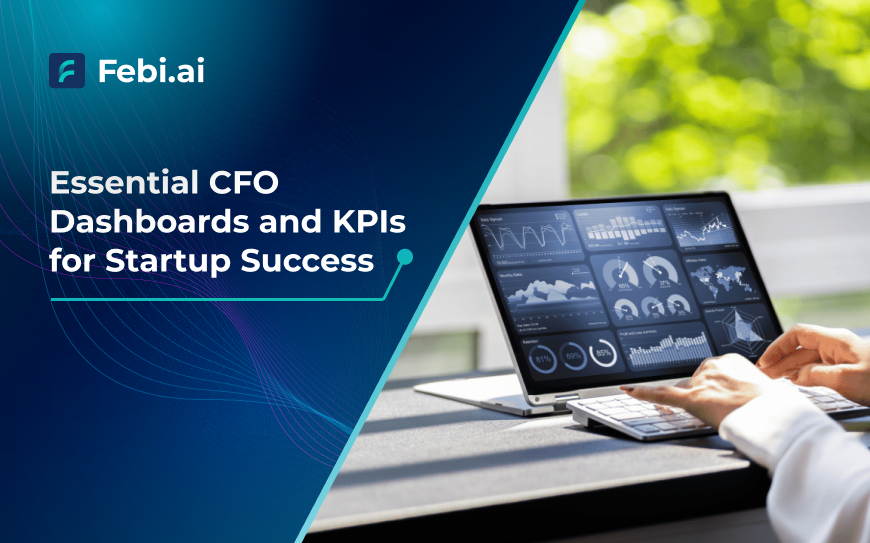Table of Contents
Running a business today? It’s like spinning plates – products, payments, vendors, taxes, files, documents – it never ends. If you’re still tracking inventory in spreadsheets and managing finances somewhere else entirely, you’re burning daylight. Honestly, this kind of disconnect eats up your time and creates room for mistakes. That’s where inventory and accounting software integration steps in and changes the game.
When you sync your inventory with your finances, things get better. Work gets smoother. Errors drop. You suddenly have a hand on the stuffs that used to feel chaotic. And the benefits of inventory management system integration? They go way beyond just stock control. We’re talking about cleaner finances, easier tax time, and even happier customers.
Understanding the Basics
What is Inventory Management?
Think of inventory management as the silent powerhouse behind any product-based business. It keeps an eye on stock levels, order flows, warehouse shelves, and even predicts future demand before it hits.
Now, here’s the deal – the advantages of inventory management aren’t just theoretical:
- Orders get fulfilled faster
- You can see the stocks clearly
- Overstocking and stockouts? Both problems solved
- Customer experience gets a serious glow-up

So yeah, it’s more than just counting boxes. It’s about managing your entire supply chain like a boss.
What is Accounting Software?
Now flip over to the numbers side. Accounting software with inventory capabilities isn’t just about tallying rupees and filing taxes. It gives you the full financial picture – from how much profit you’re making per product to how your business is really doing.
Use it solo or connect it with your inventory system – you’ve got:
- Crystal-clear insight into per product margins
- Automated reconciliations
- Smarter vendor management
- Tax Compliant Business

It turns your finances from a headache into a powerhouse.
The Role of Integration in Business Operations
This is where things really click: automated inventory and finance tracking. Integration means no more hopping between tabs or copying info from one system to another. As any sale happens, the systems get updated instantly. One action, two results.
It’s the kind of simplicity that saves hours and lowers error risk. Plus, decisions suddenly get easier and faster because they’re backed by live and accurate data.
Core Benefits of Integration

Real-Time Data Synchronization
Say goodbye to data lags. Integration keeps everything synced whether it is sales, returns, stock updates – all in real-time. That means you can:
- Watch your inventory move
- See financials update automatically
- Ditch duplicate data entry for goods
This is where the benefits of inventory management system really shine – everything is clean and coordinated.
Eliminate Manual Data Entry
Manual entries are the greatest enemies of productivity. In non-integrated systems, one invoice means inputting data twice. But why do we need to do that? When we can skip this part with automated data entry.
With integration, this mess is gone. Your sale updates stock, creates the invoice, and posts the transaction – all in one seamless swoop.
Improved Decision-Making
Guesswork is overrated. When your systems talk to each other in real time, your decisions are powered by facts – not hunches.
Got questions like:
- Which product makes me the most money?
- What’s just sitting on shelves?
- Can I afford to stock-up now?
Now, you’ve got instant answers. That’s the beauty of automated inventory and finance tracking.
Better Cash Flow Management
Cash flow and inventory go hand in hand. If you buy too much, you’ve tied up cash but if you buy too little, you miss sales.
With integration, it’s easier to:
- Forecast when to restock
- Track vendor timelines
- Schedule your payments
This balance is what fuels sustainable growth.
Predictable Purchasing & Sales Patterns
Let history be your guide. Your system knows Diwali means big sales on certain SKUs. It reminds you to stock up and checks if your budget can handle it.
Smarter buying starts with connected data.
Streamlined Financial Reporting
Nobody talks about this enough. Every finance related entry gets recorded in the books for accurate and cleaner books. A hidden gem in inventory and accounting software integration. Your books stay clean.
More Accurate P&L and Balance Sheets
Stock values impact your bottom line. A mismatch here affects everything. Integrated system handles COGS and valuation accurately, which means your reports actually reflect reality.
Improved Tax Compliance
GST and other taxes in India are a headache for business owners. Between invoices, credit notes, and monthly returns – it’s very easy and common to slip. Integration makes your business tax compliant.
Your system will:
- Auto-apply GST rates
- Automatically run 3-way matching process (Invoice – PO- GRN)
- Record credit/debit notes properly
- Match purchases with ITC eligibility
- Prefill GSTR-1 and GSTR-3B reports
Operational Efficiency

Faster Order Processing
You don’t have to update the stock in one place, then generate the invoice in another, and then record the payment somewhere else.
The system does it all for you. It’s faster. Customers get orders quicker. And your staff? They finally get to breathe.
Reduced Inventory Shrinkage
With live tracking, you spot problems early. Missing, damaged or dead stock? The system flags it, and you can respond faster.
That helps in lower the losses, more accountability, and tighter control.
Simplified Audits and Reconciliation
No more digging through folders or Excel chaos. Every stock movement links directly to accounting entries and gets recorded in the books.
Audits become clean and straightforward. And yes, your stress level drops too.
Business Growth Advantages
Scalability Without Chaos
Growing your business shouldn’t feel like solving a puzzle. With integrated systems, you can:
- Add new product lines
- Introduce new SKUs
- Enter new markets
- Take on more customers
…without your backend turning into a disaster zone.
Increased Profit Margins Through Optimization
When you stop losing money to overstocking, dead stocks, missed opportunities, or tax fines – you start seeing better margins. Plus, you can lean into high-margin products and set prices based on real-time trends.
Enhanced Customer Satisfaction
Everything runs smoother. Orders arrive faster. Invoices are correct. Returns are easy.
Industry-Specific Use Cases
Retail
Retailers love integration. Fast-moving stock, POS sync, and tax-ready billing – it’s the dream setup.
Manufacturing
Manufacturers handle BOMs, raw materials, and WIP. Integrated systems ensure every material used and product made is accounted for both, inventory and your books.
eCommerce
If you’re selling across multiple platforms, integration is bare minimum. It lets you:
- Sync Shopify, Flipkart, Amazon etc.
- Track stock across all locations
- Automate tax invoices
- See profits per channel
Choosing the Right Integration Tools
Cloud vs On-Premise
- Cloud: Affordable, updates itself, and works anywhere.
- On-Premise: More control, ideal if you’ve got custom workflows and an IT team.

Pick what fits your size and comfort level.
Custom Integrations and APIs
Got a legacy system or something industry-specific? APIs let your developers hook everything up. It’s a one-time effort, but the rewards keep coming.
Common Challenges and How to Beat Them
Data Migration
Clean up your data before the move. Test everything in a sandbox before going live.
Staff Training
Your tools are only good when your folks know how to use them. Train your team well, make SOPs, and keep quick-reference guides handy.
Compatibility Issues
Before buying software, check for:
- Native integration
- API support
- Middleware connect
Final Thoughts
Look, the benefits of inventory management system integration aren’t just about saving time. It’s about working smarter.
It gives you clearer reports, cleaner books, happier customers, and more peace of mind. Whether you’re handling a warehouse or running an online store, integrating your accounting software with inventory is one move that pays for itself – again and again.










